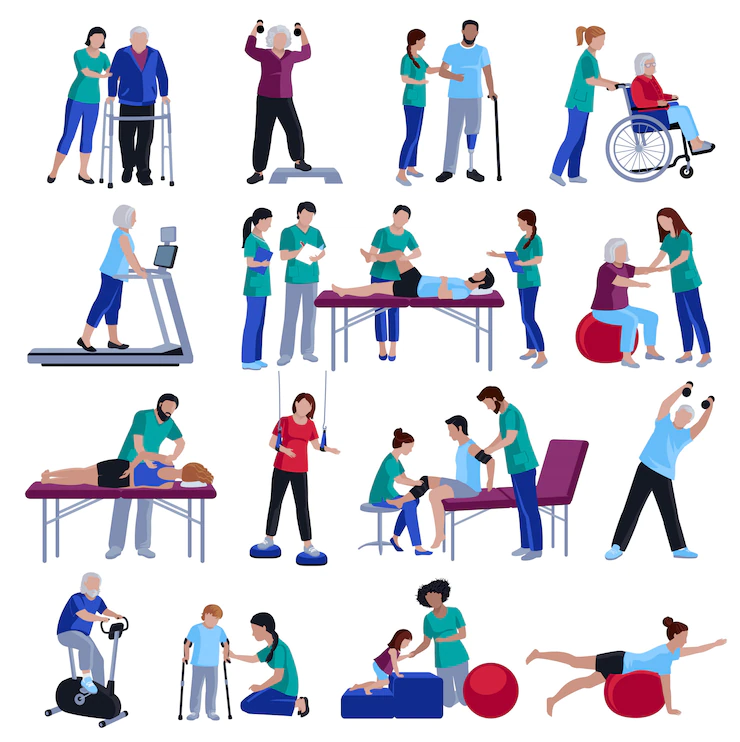New Technologies and Techniques in Neuro Rehabilitation
At present, medical rehabilitation is a significant field of research in the healthcare industry, particularly in neurorehabilitation. Neurological disorders such as strokes, traumatic brain injuries, and spinal cord injuries can cause a range of physical, cognitive, and behavioral impairments that limit the patient’s ability to perform daily activities. To overcome these limitations, rehabilitation therapy is used as a way to help these patients recover and regain their abilities.
Rehabilitation therapy has evolved significantly over the years. Medical professionals have developed and implemented new technologies and techniques that have revolutionized the way we approach neurorehabilitation. In this article, we will explore some of these new technologies and techniques and how they have impacted the field of neurorehabilitation.
1. Virtual Reality
Virtual reality (VR) technology has become a game changer in neurorehabilitation. By creating a virtual environment that mimics real-world situations, patients can practice performing daily activities in a safe and controlled environment. This immersive experience provides a sense of presence and can enhance the patient’s motivation to complete the rehabilitation tasks.
2. Robotics
Robotic devices are increasingly used in neurorehabilitation to provide patients with more intense and repetitive movement therapy. These devices can be programmed to perform specific tasks and adjust the therapy’s intensity and speed, providing tailored rehabilitation that matches the patient’s abilities and needs.
3. Brain-Computer Interfaces
Brain-computer interfaces (BCIs) are devices that allow direct communication between the brain and external devices. BCIs have shown promising results in neurorehabilitation, particularly in helping patients regain control of their limbs. The technology works by translating the patient’s brain signals into movement commands that are then carried out by the robotic devices.
4. Wearable Technology
Wearable technology has the potential to revolutionize the field of neurorehabilitation by providing patients with continuous monitoring and feedback on their progress. These devices can monitor various physical and physiological parameters, such as heart rate, blood pressure, and muscle activity, allowing for personalized rehabilitation programs.
5. Nutritional Rehabilitation
Nutritional rehabilitation is an essential aspect of neurorehabilitation. A balanced and adequate diet is critical for patients to achieve their rehabilitation goals. Medical professionals may provide patients with personalized nutrition plans that cater to their individual needs and dietary restrictions.
Neurorehabilitation is an ever-evolving field, and the integration of new technologies and techniques has significantly impacted the way we approach rehabilitation therapy. From virtual reality to nutrition rehabilitation, these new technologies and techniques have the potential to enhance patient outcomes and improve their quality of life. As we continue to advance our knowledge and understanding of neurorehabilitation, we can expect to see further innovations and advancements that will help patients achieve their rehabilitation goals.



